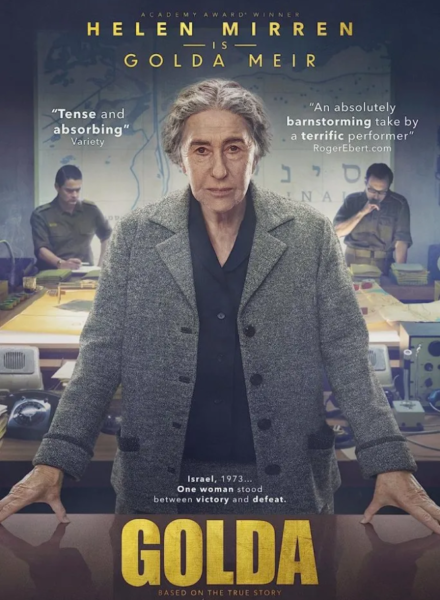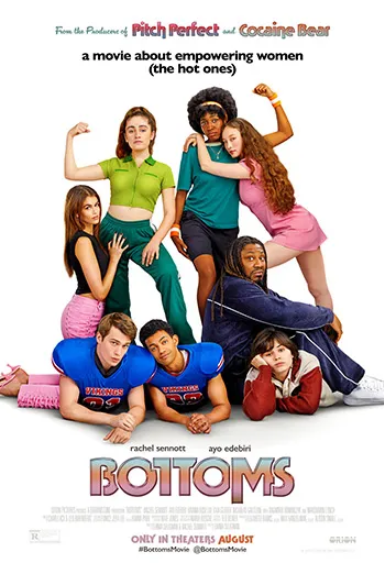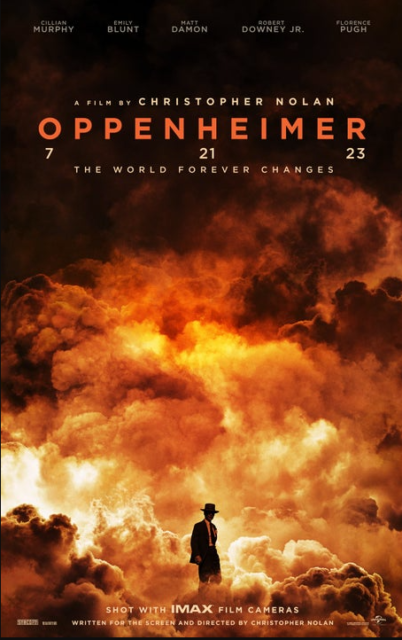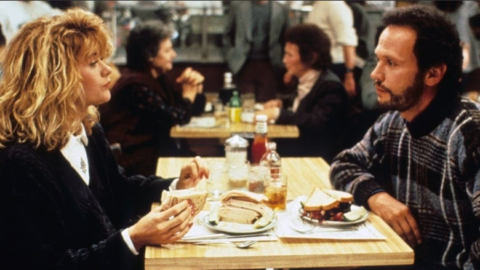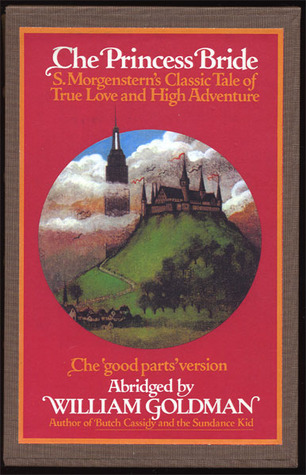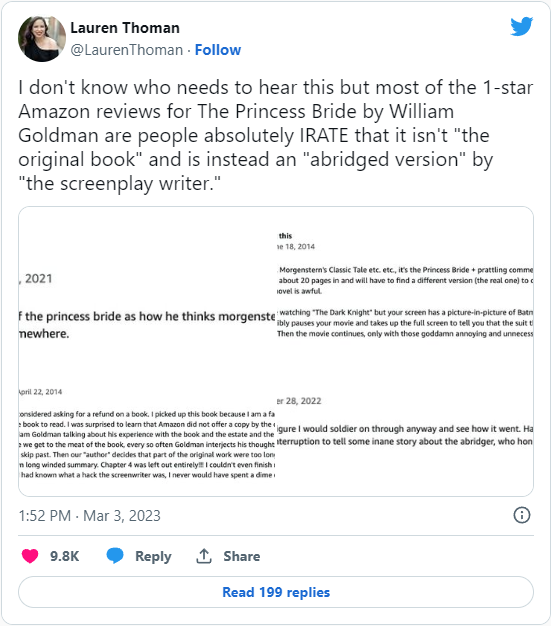 … the scene [in Rings of Power] as a whole seems poorly executed. We’ve gotten some good views of the topography of this village and it is very small. The village is at a three-way road intersection, with the inn at the meeting point on what I am going to call the East side (we see the sun rising over it once and it faces Orodruin); the inn has a small fenced-in area behind it. Beyond that there are four small houses on the road and one further up the hill and the land slopes from high in the north and east to low in the south and west. Finally on the west side there is our small bridge over the stream; a forest directly abuts the village on the south side.
… the scene [in Rings of Power] as a whole seems poorly executed. We’ve gotten some good views of the topography of this village and it is very small. The village is at a three-way road intersection, with the inn at the meeting point on what I am going to call the East side (we see the sun rising over it once and it faces Orodruin); the inn has a small fenced-in area behind it. Beyond that there are four small houses on the road and one further up the hill and the land slopes from high in the north and east to low in the south and west. Finally on the west side there is our small bridge over the stream; a forest directly abuts the village on the south side.
The first thing we see is the cavalry in a great mass riding down into the village with Orodruin clearly behind them; they must be approaching then along the East road. Then we see a 2-horse wide column of cavalry crossing the narrow bridge from the West (at 39:14), then a bunch of orcs gather up into a mass to engage that cavalry force as it gallops up the main road into the village (from 39:16 to 39:26) before getting hit by the vanguard of that column in a really dumb moment we’re going to come back to at 39:30. And now look up at the village above there again and note that it takes one cavalry column at full gallop 16 seconds to go from that bridge to the inn, but the massive wave of cavalry coming over the hill from the other direction has still not managed by this point to actually enter the village proper. They have, apparently, frozen completely solid the moment they were off screen.
So it seems like, while galloping wildly to the rescue of a village they didn’t know was under attack, the Númenóreans also took the time to carefully work their way around the village in order to strike it from two sides at once (somehow filtering through the forest without being noticed, rather than working around the more open terrain to the north side; I cannot communicate clearly enough that cavalry generally avoids moving through forests for a reason), then galloped in at full speed. But the one direction they do not attack from is the North road, which is the only area that is clear and unobstructed (good cavalry ground) and where the slope of the ground is favorable (they’d be charging down hill) with enough space to form up into a proper charge. Instead when we see Galadriel next, she is charging up that hill.
So on the one hand this battle plan doesn’t make any sense, but at the same time I feel I must note just how inferior this is as film-making to the battle scenes in The Lord of the Rings (or even, dare I say it, Game of Thrones). I had to rewatch these scenes, slowly and carefully multiple times to get any sense of where anyone was. By contrast, good battle scenes are careful to make sure the audience understands the geography of the space. Hell, the “battle” scenes in Home Alone are careful to establish the geography of the place (I found the video at that link, by the way, a very approachable introduction to some elements of film study). In The Lord of the Rings we get a lot of big wide shots at high altitude showing us where the armies are in relation to each other […]
Moreover, Peter Jackson’s cavalry doesn’t simply show up. In both of his Big Cavalry Rescues at Helm’s Deep and Minas Tirith he follows the same highly effective pattern of first revealing the presence of the cavalry, then pausing a moment for the cavalry to form up and to give the characters there time for some dialogue and character beats. At Helm’s Deep this is a short exchange between Éomer and Gandalf, while at Minas Tirith it is Théoden’s big defining character moment and speech. From a realism standpoint, it gives the audience time to understand where the cavalry is and how they’ve set up (and a sense that this is organized, planned and prepared).
But this brief delay before “the good stuff” also serves an obviously important emotional narrative aspect that Rings also loses here: it builds anticipation. By the time Théoden is giving his speech outside Minas Tirith, the audience has been waiting for about an hour since the beacons were lit for this very moment of emotional release, waiting for the score to be evened, waiting for the emotional satisfaction of the bad guys getting their come-uppance and so Jackson draws that out just a little bit longer, which builds the anticipation that creates that intense emotional response when the charge at last surges forward. You can even hear the emotions he wants you feel in the music, which starts low and subdued but builds and builds as Théoden sets up his army and gives his speech, booms across the charge itself but then cuts hard to silence in the moment of impact – the moment of greatest suspense (will the charge work?) – before surging back as the charge succeeds, culminating in a big overhead shot showing the good guys winning. It is not historically perfect, but the emotional beats land flawlessly and Rings just fumbles shockingly on both counts.
The resulting melee is also confusing. This village is tiny and while we don’t have a good idea of Adar’s remaining force, it isn’t huge because it seems to all fit in this village which looks to be a fair bit smaller than a regulation soccer pitch. A cavalry charge should be able to run from one side of this road to the other in under 10 seconds (moving at c. 12m/s, a rough horse’s gallop speed); the two leading edges of this charge should be slowing down to meet in the middle in well under five seconds. Consequently the decisive phase of this battle, the one in which orcs are trying to hold the open ground between the buildings (these wide mud streets) should last only seconds, but instead it draws out into a minutes-long melee because, as far as I can tell, the Númenóreans have next to no idea how to fight on horseback.
The thing is, fighting from horseback is quite hard but it is also quite simple. If using stirrups, one’s feet remain in the stirrups pretty much the whole time because the goal here is to retain a firm seat on the horse. Horse archers will sometimes stand up just a little in the stirrups to create a stable firing platform, but only a little bit and at speed an observer may not even notice they are standing at all. But showrunners, it seems, just love putting in all sorts of equestrian tricks; Game of Thrones had to make the Dothraki shoot while standing on the saddle (not a great idea), and so Rings of Power has to do some trick riding. In this case they have Galadriel flip over the side of her horse upside down to slash at an orc while dodging an arrow […]
A close look and you can see that this trick requires a special handhold on her saddle just for the purpose (just like the Game of Thrones standing horse-archers required special trick saddles for that stunt too). And she then cuts an orc’s head off while flipping herself back on to the horse, a sword-stroke that is traveling in the opposite direction of her horse’s movement (it is moving forward, she is swinging backwards), which she cannot brace properly and thus, if it had hit anything but CGI would have been a fairly weak strike; fortunately for Galadriel, CGI orcs are very flimsy so their heads come straight off. The whole thing is a too-clever-by-half effort to look cool, which I also find a bit confusing because Elves don’t seem to me to fight on horseback very often in the Tolkien legendarium; they do it from time to time, but the great elf heroes tend to fight on foot, so it’s not clear to me why Galadriel has to also be the best rider. But that routine is then topped by the baffling idiocy of Valandil here who, despite having a perfectly good sword (though he seems to have lost his spear in the fighting) decides his best plan of attack is to jump off of his horse and tackle two orcs […]
Needless to say a high speed falling dismount is a good way to injure yourself in an actual battle but also that jumping off of your horse is not a good use of you or the horse. Meanwhile the rest of the Númenórean cavalry seem to have mostly come to a stop and are now having stationary fights with orc infantry; some of them get pulled down off of their horses which, yes, is the predictable result of being stupid enough to bring your cavalry to a full stop without of any kind of mutually supporting formation or infantry support. I think many of the problems in this sequence stem from the apparent need to have this seem like a fight that could go either way, when in practice this should have been a short and decisive engagement the moment the cavalry arrived, given that the cavalry is more heavily armored, faster, has the advantage of surprise and presumably outnumbers the orcs given how small the village is. I suppose it might take a bit longer because Adar’s first wave of orcs are hitting their respawn timer so there were adds. Once again the utter inability of the show to keep track of just how many orcs there are ruins any sense of tension but also any hope of the battle making sense; it sure seemed like there were just a few dozen orcs left, which ought to make a battle against 300 armored riders a remarkably short and one-sided affair.
But the moment in this whole fight that broke me completely actually came quite early right after the Númenóreans crossed the bridge. […] I will admit that I burst out laughing when this happened: the horseman ride up in a pair holding on to opposite ends of a chain, which they then use to clothesline about two dozen orcs while steadily fanning out. Once again this is one of those too-clever-by-half Hollywood tactics moments, which defy both physics and logic. The first problem is that I’m not clear on how long this chain is: they need to be holding it tightly or it is just going to snag on the first impact, but they also fan out meaning they need to keep letting out more chain to cover the increasing distance between the two horses. In practice looking at the stills it seems like the chain isn’t under much of any tension at all, which would make it fairly useless as a weapon here – sure a metal chain will have some momentum to it, but not enough to knock multiple ranks of armored troops down.
But of course the broader problem is that if the plan is to merely smash into the orcs with a lot of kinetic force you should just trample them. Putting all of that impact energy in the chain is just going to pull the rider off of their horse since the sole point of contact for that energy is their arms. By contrast, medieval knightly cavalry eventually adopted high-backed saddles, couched lances and lance-rests on their armor all to help keep the knight in his seat through the force of a heavy impact at full speed (cavalry with or without these various devices might need to let their point trail at impact that it wasn’t pulled from their hand but rather the movement of their horse pulled it from their target, a motion pattern easily observed in the modern sport of tent-pegging). But just carrying a chain gives none of these advantages or options: if there’s enough force to knock down a half-dozen orcs, there’s enough force to knock a rider out of his saddle.
Of course in an actual battle this wouldn’t even get this far because the other disadvantage of this chain is that it sacrifice’s the reach of a spear. Now, credit where credit is due, the Númenóreans do seem to have standard issue spears (good!), except for these two guys with the chain (a tactic that only works when advancing two-by-two, which is a terrible way to fight, through a narrow space where cavalry should not be, but nevertheless apparently one the Númenóreans come ready for as standard). No one seems to use their spears on horseback (they shift to swords immediately), but at least they have them. The advantage of a spear or lance of course is that it is a weapon which can project beyond the head of the horse, thus reducing some of the reach advantage an infantryman might have, while concentrating all of the energy of impact at a single point.
But the riders here have to hold this silly chain on their laps, which puts it several feet behind the head of their horse and because it isn’t perfectly taut it lags their motion meaning that it impacts the orcs several feet behind that, which means – as you can see above – the entire horse has to gallop past the target orc before he is hit by the chain. Any any time during that operation that orc could strike at the horse or the rider, spilling them both to the ground and to make the whole thing worse because the riders can’t have a sword or a shield in their hands, they can’t even defend themselves if an orc decides to do this.
Much like the ships, much like the falling tower trap, much like the nonsensical ring forging, it is another instance of the creators attempting to be novel and clever without really understanding the historical practices they are working from. Cavalry tactics, like battle tactics, like ship design, like metalworking, were fields of human endeavor that absorbed the sharpest minds humankind has to offer and persistent experimentation and adaptation for centuries, resulting in highly tested, highly refined patterns of behavior. I will not say that improvement on those practices is impossible, but it would certainly be very hard, the sort of thing which would itself require extensive dedicated study and experimentation. It is not the sort of thing likely to be accomplished in a writer’s room brainstorming session, which is why efforts to “outsmart” the past tend to end up looking silly, rather than clever.
Bret Devereaux, “Collections: The Nitpicks of Power, Part III: That Númenórean Charge”, A Collection of Unmitigated Pedantry, 2023-02-03.

